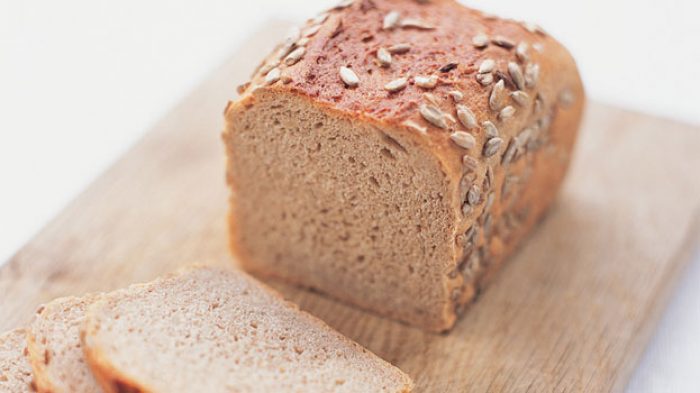What is the low GI diet, and is it good for dancers?
The Glycaemic Index (GI) is a way of ranking food based on the effect they have on the glucose levels in the body. Choosing low GI foods may help maintain healthy insulin levels (important in prevention of later onset diabetes) and is good for use in less intense periods of training but needs to be used with caution in periods of high performance. Maintaining stable insulin levels is important in a dancer, as it helps her maintain her energy while dancing. In addition, strong fluctuation in insulin levels may result in the development of more abdominal fat, which is obviously undesirable in a dancer. This is not necessarily dependant on the percentage of fat elsewhere in the body, and excess weight in this area is often a warning sign that the dancer is eating too many simple carbohydrates (ie; chocolate!) Some sources say that a dancer’s diet should be composed of about 55-60% carbohydrate, 12-15% protein, and 20-30% fat. During heavy training and rehearsals the amount of carbohydrate should be increased to about 65%. The reasoning given is that carbohydrate is the major energy source in muscles. Dancers who do not ingest sufficient carbohydrate in their diet will compromise their ability to train because of low muscle glycogen levels. They may feel more fatigued during classes and rehearsals. As carbohydrates help replenish the energy burned in muscles during exercise, small snacks during and after performances will help keep energy levels high. Try and keep the snack nutritious in other ways, rather than resorting to a simple sugar hit!
The recent push for a “low carbohydrate diet”, such as the Aitkin’s Diet must be taken with caution. Reducing a high sugar intake is important for weight regulation and general health; however the dancer must ensure that healthy complex carbohydrates are not emitted as well. Complex carbohydrate foods are basically those in wholegrain form such as wholegrain breads, oats, muesli and brown rice. Complex carbohydrates are broken down into glucose more slowly than simple carbohydrates and thus provide a gradual steady stream of energy throughout the day. This is very important when doing several classes back-to-back, and during competitions. “Low Carb” diets also typically involve a lot of protein and have high saturated fat content. While dancers should not cut out all fat from their diet, the fats that are included should be “good fats” from nuts, seeds and grains, avocado, olives and fish. These fats are essential to optimum cell growth and regeneration. Saturated fats from meats and meat products (butter, lard etc) are associated with high levels of heart disease and other illnesses, even in otherwise very fit individuals.
- CATEGORY Parents


